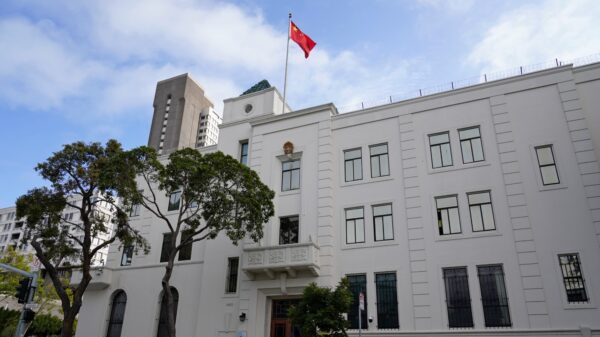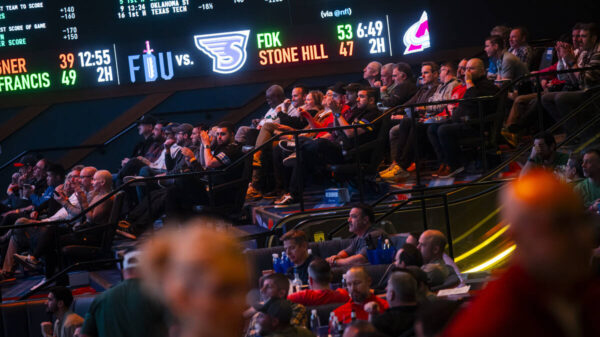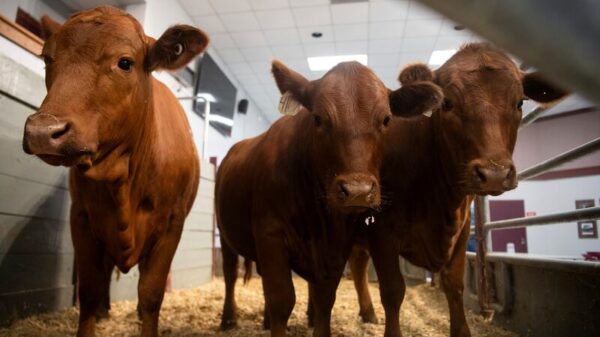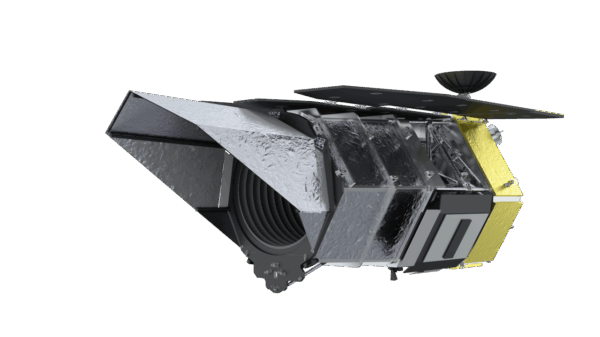The wine industry is witnessing a notable shift as consumer preferences evolve towards lower-calorie and lower-alcohol options. This trend mirrors the earlier popularity of light beers, particularly since light versions of traditional beverages have become a staple in various markets. With a growing emphasis on wellness, winemakers are responding by introducing products that cater to health-conscious consumers.
Historically, the concept of lighter alcoholic beverages began with the introduction of Gablingers Extra Light Beer in the 1960s. The Swiss chemist behind this innovation laid the groundwork for the light beer market, which Miller Brewing Co. later popularized with its “lite beer” branding. By the 1980s, light beers comprised approximately 40% of the U.S. beer market. As the wine sector adapts to similar demands, the question remains: will lower-calorie wines achieve comparable success?
Recent tastings of various lower-calorie and lower-alcohol wines reveal a promising level of quality and flavor. Regular table wines typically contain around 150 calories per 5-ounce serving, making the emergence of lighter alternatives particularly appealing.
Among the notable offerings is the Yalumba Y Series Lighter Chardonnay South Australia 2024, priced at $15. This ultra-low calorie wine contains just 66 calories per 5-ounce glass, presenting light fruit notes with a refreshing citrus finish, ideal for warm weather.
Another noteworthy entry is the Liquid Light Sauvignon Blanc Washington State 2023, available for $13-16. With a modest 12.5% alcohol content and only 95 calories, this wine showcases classic herbal and citrus characteristics.
The wine producer Mezzacorona has launched a new brand called Ventessa, featuring wines with lower alcohol (9%) and calorie counts (90 calories). The Mezzacorona Ventessa Vignetti Delle Dolomiti IGT Pinot Grigio 2023, priced at $10-13, impresses with its fruity profile, while the Ventessa Pinot Grigio Rosé Vignetti Delle Dolomiti IGT 2024 offers a light and refreshing experience.
Moreover, the Mezzacorona Ventessa Red Blend Vignetti Delle Dolomiti IGT 2023 is crafted from indigenous grape varieties and presents a delightful balance of cherry and berry flavors with a summer-friendly lightness, also priced at $10-13.
The Rodney Strong winery continues to capture attention with its latest releases, which showcase a blend of quality and accessibility. The Rodney Strong Sauvignon Blanc Charlottes Home Sonoma County 2023, priced at $18, offers a complex array of lime, herbs, and peach notes, while the Rodney Strong Chardonnay Russian River Valley 2023 Limited, priced at $37, delivers a sophisticated experience with its toasty aroma and pear flavors.
The recent tastings also included releases from Champagne Piaff, a producer located in Épernay, France. The Champagne Piaff Brut N/V, priced at $50-60, features a creamy, yeasty nose with ripe apple and citrus notes, while the Champagne Piaff Rosé Brut N/V presents a beautiful strawberry color and a delightful creaminess, also in the same price range.
For those seeking unique wines, the Quinta da Fonte Souto Florao Branco 2024, sourced from the highest point in the Alentejano region of Portugal, is a standout at $23. This white blend of arinto and verdelho grapes is noted for its freshness and floral character.
Additionally, the Buscado Vivo o Muerto La Verdad San Pablo Chardonnay 2019 from Argentina, priced at $50, captivates with its tart citrus and mineral flavors, making it an enjoyable choice for wine enthusiasts.
As the lower-calorie wine movement continues to gain momentum, it will be interesting to observe whether these products can establish themselves as a mainstay in the competitive wine market. With a focus on flavor, quality, and consumer demand, the future looks promising for both winemakers and those seeking healthier drinking options.


































































